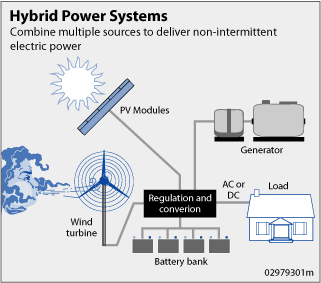A funny thing happened the other day in my Internet search to find information on climate change. Internet searches these days being all the rage, it’s become a common practice for journalists as well to engage in such activity related, of course, to their conducting journalistically-tied Internet-based research.
So, with this in mind, I began my climate-change-information search at, where else?! climatechangeresources.org (Climate Change Resources).
After nosing around a bit, I clicked on, what else?! Press” located at home-page bottom. Once on that page, screen-displayed was a host of options, each topic word set inside an enveloping pulsing, colored circle. (It may be helpful at this juncture to actually visit that location to gain a better understanding of exactly what it is I’m talking about. Just a suggestion).
It would be only natural that I picked the topic “News.” Clicking on that and screen-displaying that respective page, I read the different offerings. The one I decided to click on was the fifth listing down from the top having to do with media. In choosing that, I was then introduced to a slew of selections. My choice among those? “Covering Climate Now.” Just so you know, I did a write-up on Oct. 26, 2022 of that very concern in the Air Quality Matters post: “Review: ‘Burning Questions: Covering Climate Now’.”
On arrival at that site, after scrolling down some the title for the article “Solutions Reporting Engages Audiences – and Tells the Whole Story,” appeared. Truth be told, it sounded intriguing.
So, what did I do? I clicked on the highlighted text which transferred me to the screen where that article was presented.
One thing leading to the next, I noticed in the second paragraph a reference and link to an Associated Press (AP) article which, by the way, I site-visited.
The article had primarily to do with Puerto Rico’s grid-distribution network – this was, of course, determined based on my reading of the portions of the full article that were available for reading. Based on my understanding of what I had read, I concluded all was set against a backdrop on the grid system and how it had been disrupted on account of the fallout connected with this island nation’s most recent hurricane, an extreme weather event that not only unleashed much of its fury there, but left quite a trail of destruction in its wake.
Discussed as well was the notion of alternative energy sources and how, quite conceivably, these could be solutions to the apparently much-to-be-desired utility-owned-and-provided grid-based electricity-distribution-network shortcomings – in this case unreliable service coming in the form of service interruptions. Anyway, this is the way I interpreted or understood what I read.
Not ending there and giving this some deeper contemplation, it got me thinking how Puerto Rico’s electrical transmission network could be strengthened to be more resilient than what it apparently is at present. My answer: Hybrid or blended power and which could include: wind, solar, microgrid, battery storage as well as the electrical distribution network all working in cooperation with one another while each type of energy generation source could be accordingly tapped into in order to get the greatest efficiencies from the system as a whole. During sunny or breezy conditions, the solar or wind-turbine devices could be more relied upon with the complementary energy sources contributing less. Or it could be reverse scenario at night or when there is a dearth of sunlight or wind. Or, perhaps at the larger community level, reliance on an independent microgrid system could be what would work best.
Moreover, as we are already familiar with the fact that when there is abundant sunlight as utilized by solar photovoltaic systems, converting that light into electricity, a process known as “net metering” where excess electricity created that the load cannot use, well, that electricity can be fed back into the distribution network and supplement the existing supply thereby reducing the likelihood of blackouts occurring.
Furthermore, as a result of the distribution network being set up in hybrid or blended fashion, it just could be that said network might be more resilient and able to better withstand storm damage, say, caused by that of a powerful hurricane.
Something on this order could be just the approach to electricity supply that Puerto Rico might find it’s worth looking into further.
For more related resource information, see: “In 2017, do as California is: Make air cleanup, job one – Part 2 (stationary sources)“.
Corresponding, connected home-page-entry image: U.S. Department of Energy
– Alan Kandel
Copyrighted material.
